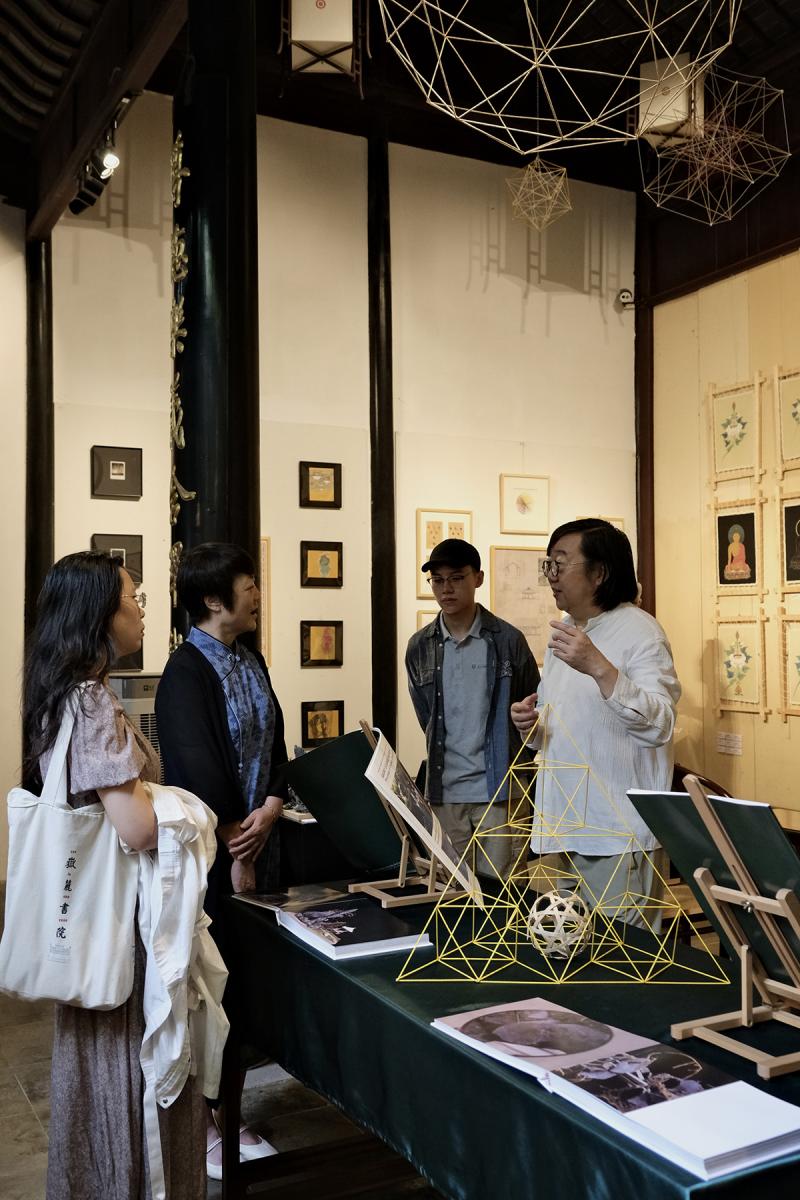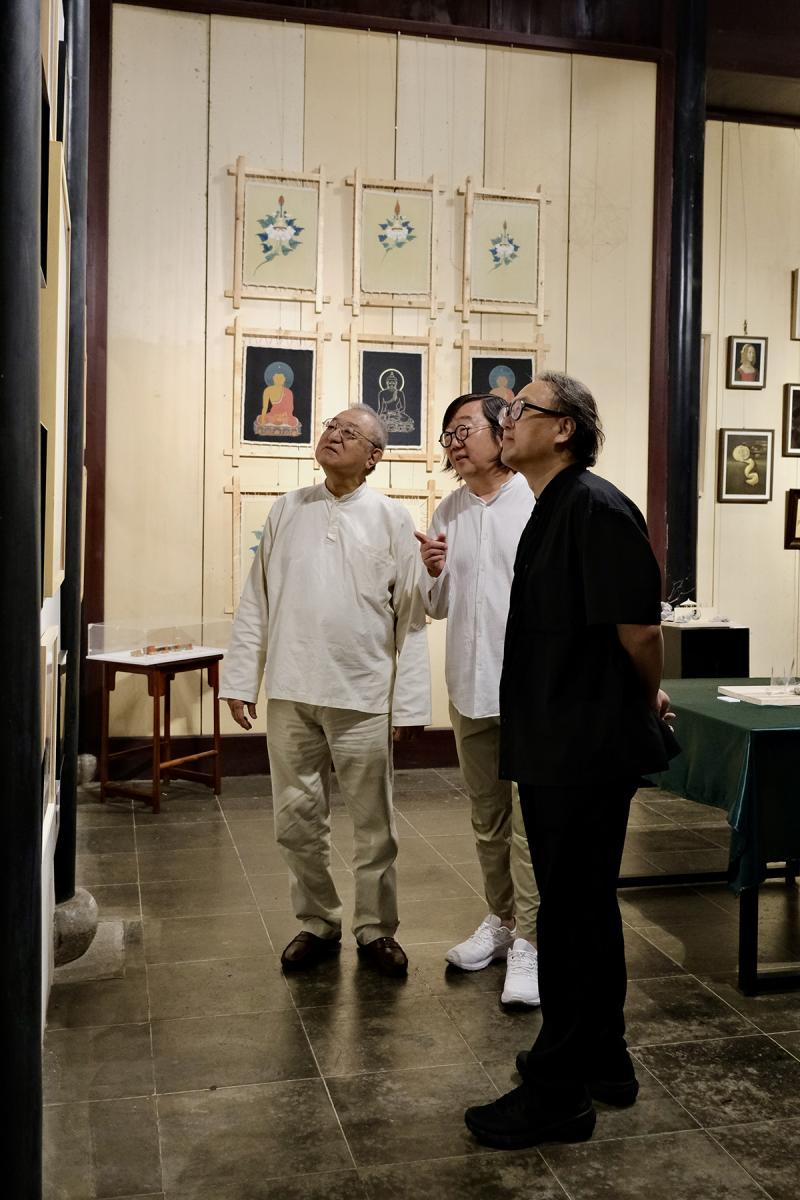又見驚艷撲面 | 中西傳統藝術原理的當代應用


As the heat retreats and autumn begins, the cicadas continue their tireless song.
The "Chinese and Western Traditional Art Exhibition" for the academic year 2024-2025, hosted by the KFSTA China Centre, was unveiled in Suzhou Jiayuan Hall, which is part of the former residence of Peng Dingqiu and grandson Peng Qifeng, both scholar officials who won zhuang yuan award (national top scholar) at the triennial imperial examination. Zhang Songren, founder of the centre, specially sent a congratulatory message from Hong Kong:
"Congratulations to all students! This year’s graduation achievements are truly delightful. May you take pride in your accomplishments this year and move forward with greater confidence, finding your unique place in the fields of art, craft, and handiwork."
The KFSTA China Centre, which fills its founder HRH The Prince of Wales (now King Charles III) with pride, remains committed to the inheritance and development of traditional art in contemporary society. Since its establishment, it has been highly praised for its contributions to cultural exchange between China and the West and the promotion of artistic traditions.
An Astonishing Exhibition
The exhibition focuses on works created by students of the KFSTA China Centre throughout the academic year, including those from both the annual program and short-term courses. The curriculum covers the Western classic courses as well as the original Chinese courses, including Geometry and the applications, The Alchemy of Colour, Design Motifs, Islamic Courtyard Design, and Fengshui and landscape, Chinese Classical Gardens, Calligraphy, Buddha modeling and Mineral Pigment Painting in Buddhist Art... all demonstrating the Centre’s unique teaching philosophy and achievements.
A standout series from the "Design Principles Applied to Ceramic Tiles" course, taught by British artist Nooshin Shafiei, featured innovative marriage of Geometry and Biomorph. Students integrated Silk Road-inspired designs from China to Iran, creating tiles rich in both visual vitality and historical meaning.
Also noteworthy was a model from the "Construction of Paradise: Principles of Chinese Classical Garden" course by Italian student Giulio Frigo. Using acrylic, hand-painted elements, miniature Ying stones, EVA, mirror paper, and cellophane, he constructed a poetic representation of gardens that explored spatial and philosophical concepts, highlighting the course’s focus on both methodology and worldview.
Tea Gathering as Artistic Practice
Since its establishment in 2017, the KFSTA China Centre’s annual Chinese and Western Traditional Art Exhibition has showcased outstanding works by students in the foundation and advanced programs, attracting widespread attention. Alongside the exhibition, the centre also hosts the "Yuanyuan Tea Gathering," an event that explores the application of the principles of Chinese and Western traditional arts through the art of tea.
The gathering was led by Ye Fang, the council member and instructor at the China Centre. Participants included new and former students from Beijing, Shanghai, Hangzhou, Guangzhou, Shenzhen, Hunan, and Hong Kong, as well as alumni and art enthusiasts who share a love for both art and tea.
During the event, Ye Fang shared insights on reflecting traditional artistic principles through the life principles of tea:
"A leaf is a form of life existing under the universal laws of nature. Through a series of handmade processes, it becomes tea—a part of daily life and a symbol of culture. The transformation of leaf to tea involves not only a change in the plant’s life form but also a preservation and evolution of its state, waiting to be awakened and released during brewing. This is how humanity has discovered the life of tea beyond the appearance of a leaf. Through craftsmanship, we transform the plant’s life into the life of tea, and in this act of capturing the essence of nature, we affirm our own value and significance as part of the natural order."
This application of Chinese and Western traditional art principles in daily life echoes the words of HRH The Prince of Wales (now King Charles III):
“Through the discipline of craft, our students discover a natural, universal order that lies beyond the surface of things, and that they themselves are a part of that natural order.”
As the night deepened and lanterns glowed, the guests still had much to talk about. Their conversations inevitably turned to Dunhuang, and they were full of expectations for the artistic treasures along the Silk Road and the study tour organized by the China Center.
Under the moonlight, frogs croaked by the lotus pond, bringing the evening to a peaceful close.
